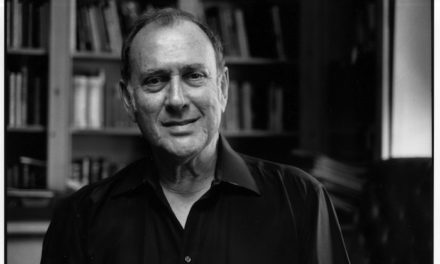
(Photo Manipulation by Alex Gerson)
This review contains spoilers.
Director Denis Villeneuve has issued a warning against blind faith with his sci-fi epic “Dune: Part Two.” After two-and-a-half years of waiting, viewers return to the desert planet of Arrakis to find Paul Atreides (Timothée Chalamet) becoming part of the native Fremen people.
The film follows Paul as he fulfills his prophecy of becoming the messiah but ends in utter horror.
While it is unusual for sci-fi, the main character of “Dune: Part Two” is not the protagonist; that honor belongs to Chani (Zendaya), a member of the Fremen.
She is the moral heart of the film, and Zendaya gives an utterly devastating performance.
“Dune: Part Two” has a terrific story, which is only trumped by the amazing visuals Villeneuve and cinematographer Greig Fraser created in the film.
Fraser is able to magnify the significance and scale of the film through the importance he places on every shot.
Throughout the first two hours, we follow Paul and Chani as they develop their romance. The pair fight off the evil House Harkonnen, the Atreides’ enemy house, and attempt to take over Arrakis.
We see Paul go from an unsure boy to leader of the Fremen, cementing his status by taming a giant sandworm in a breathtaking cinematic display.
As House Harkonnen begins to lose their grip on power, Feyd-Rautha Harkonnen (Austin Butler) is called by his uncle Baron Harkonnen (Stellan Skarsgård) to find Paul, who has become a mythological figure across the galaxy.
Shaking his Elvis persona, Butler delivers a masterful performance, striking fear through unpredictability.
We find Feyd-Rautha in a Roman Colosseum-like battle on his home planet of Giedi Prime, which is devoid of all color due to its white sun.
Despite the lack of color, this battle gives us some of the strongest visuals of the film. The black-and-white fight to the death is magnetic to the eye.
The dreams of mass death and destruction that once tormented Paul seem not to bother him anymore as he sends his army of Fremen against the armies of Emperor Shaddam (Christopher Walken) and House Harkonnen.
Paul begins to believe in the prophecy that he is the messiah. It is at this point that Paul, once caring and thoughtful, begins his descent into evil. Through a bloody massacre, the Fremen are able to defeat the emperor’s forces, allowing Paul to storm into the throne room with a bloody sword and dispatch Baron.
For all of Villeneuve’s recent comments about how he wishes he could make a silent film, the sound design in “Dune: Part Two” is incredible. Composer Hans Zimmer’s score elevates the film with a grand sense of scale and destruction where it is needed.
Yet it is the absence of the score in the final battle scene between Feyd-Rautha and Paul that has the most lasting impact.
Without any non-diegetic sound, Villeneuve leaves the viewer in utter suspense, anticipating whether or not Paul will survive.
Despite Paul triumphing over the Harkonnens and claiming his seat as emperor of the galaxy, the film does not leave us with a happy ending.
Paul opts to marry the daughter of the former emperor, Princess Irulan (Florence Pugh) to secure his hold on power, instead of Chani, who became disillusioned with Paul after recognizing his thirst for power.
Paul declares war on the other great houses of the galaxy as power consumes him. This is where the film becomes a warning from Villeneuve.
Instead of being scared off by Paul’s bloodthirst, the Fremen are emboldened to carry out Paul’s war, even if they have to sacrifice themselves for his ambition.
Villenueuve said in a recent interview that “Dune” (1965) author Frank Herbert intended the book’s message to warn against naively trusting heroes and advocate for readers to trust their own judgment.
Through Paul’s character arc, Villeneuve is able to faithfully carry out Herbert’s message.
The final sequences of the film depict millions of Fremen leaving to murder the other houses and ends with Chani leaving Paul, as she is not willing to blindly follow the supposed messiah.
Despite “Dune: Part Two” being the end of the story from Herbert’s “Dune,” the rumored Villeneuve adaptation of “Dune Messiah” can not come soon enough.
Although “Dune: Part Two” does not end as suddenly as part one, it leaves me wanting to see Paul’s full story.
Spencer Friedland (26C) is from Long Island, New York and is the Emory Wheel's Managing News Editor. He is a Philosophy, Politics and Law major and has a secondary major in Film. Spencer is also a part of the Franklin Fellows program at Emory.





